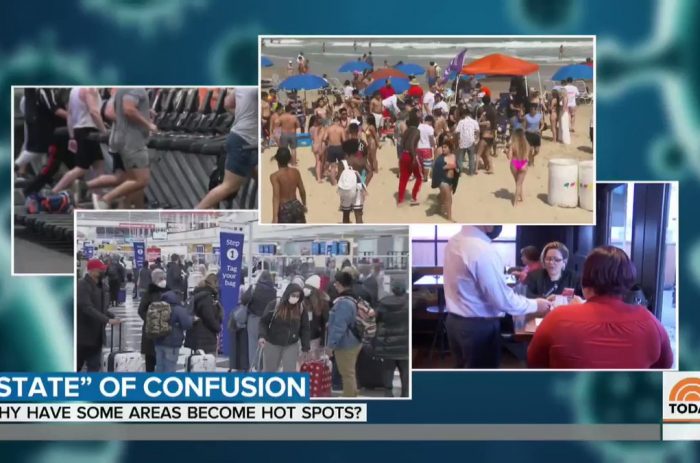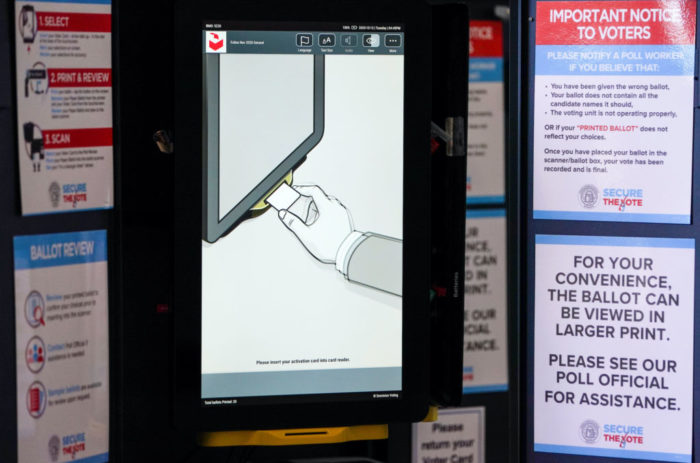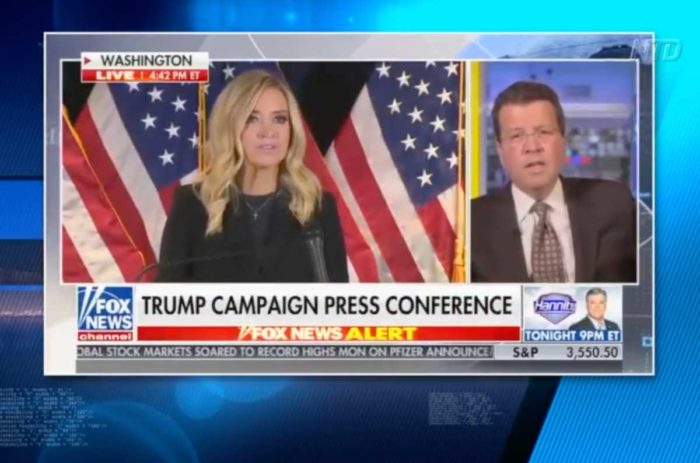redo Jump to...
print Print...
Directions
-Read the excerpt below from Don Irvine's post at Accuracy in Media.
-Read "Types of Media Bias" in the right column (or here). Then answer the questions.
From a post by Don Irvine at Accuracy in Media (original post date 2/4/14):
Margaret Sullivan, The New York Times public editor, is a busy woman. For the third time in less than two weeks, she has taken the paper to task for its reporting.
 In her latest column, Sullivan criticizes the paper for making changes to a story on New Jersey’s Republican Gov. Chris Christie without alerting readers to the fact that it was edited because the original reports were “if not untrue, then at least overstated.”
In her latest column, Sullivan criticizes the paper for making changes to a story on New Jersey’s Republican Gov. Chris Christie without alerting readers to the fact that it was edited because the original reports were “if not untrue, then at least overstated.”
Sullivan noted that stories break every day with a few paragraphs online and then are later added to in a more polished version. But in this case, said Sullivan, the change was “more than nuance [slight difference]” and should have been corrected in some form in the follow-up versions of the story. Ms. Sullivan wrote:
That happened at The Times on Friday. The reporter Kate Zernike broke a story based on a letter from David Wildstein’s lawyer saying that the former ally of Gov. Chris Christie of New Jersey ‘had the evidence to prove’ that Mr. Christie knew about the now infamous lane closings at the George Washington Bridge in real time last September. Mr. Christie has consistently stated that he only learned about them recently.
Later, within the hour, the story was changed to soften the wording from ‘had the evidence’ to ‘evidence exists.’ Breaking news alerts had gone out immediately after the first version was posted, which meant that many people read the initial article with its stronger wording.
Metro Editor Wendell Jamieson defended his actions to Sullivan: “We made dozens of changes to this story, and it’s all happening live in front of the reader,” he said. “The story probably went through two dozen versions.” Editors can’t be expected to describe each one of those changes, he said.
Jamieson added that no change “alters the essential truth of the story, which is that a former Christie ally has opened fire on him in a big way.”
“This change was more than a nuance” Sullivan said. “Acknowledging that could have taken the form of a straightforward correction,” suggesting that an editor’s note or a sentence in the body of the article would have sufficed.
In retrospect Jamieson said he regretted not suggesting an editor’s note, validating Sullivan’s criticism.
The Time’s “bombshell” report on Gov. Christie was built on sloppy reporting and they owed it to their readers and to Christie to not only correct the inaccuracies, but to tell readers that they had erred.
First impressions count, and by not alerting the readers to the corrections, they left readers of the earlier version with the impression that Gov. Christie was lying about his knowledge of the closing of the George Washington Bridge. But by their failure to alert the readers to this correction, the Times provided further evidence of the paper’s liberal bias [because Gov. Christie is a Republican].
To accurately identify different types of bias, you should be aware of the issues of the day, and the liberal and conservative perspectives on each issue.
Types of Media Bias:Questions
1. What is a public editor?
2. In this post, what does Mr. Irvine say is the problem with the Times editor not notifying readers the story had been corrected?
3. At the end of his post, Mr. Irvine asserts: “But by their failure to alert the readers to this correction, the Times provided further evidence of the paper’s liberal bias” [because Gov. Christie is a Republican]. Do you agree with Mr. Irvine’s assertion? Explain your answer.
Scroll down to the bottom of the page for the answers.
Answers
1. A public editor (news ombudsman) is employed by a newspaper to receive and investigate complaints from newspaper readers (or listeners or viewers of radio and television stations) about accuracy, fairness, balance and good taste in news coverage. He or she recommends appropriate remedies or responses to correct or clarify news reports. (from studentnewsdaily.com/example-of-media-bias/ny-times-public-editor)
2. Mr. Irvine writes that the problem with the Times editor not notifying readers the story had been corrected is that first impressions count, and by not alerting the readers to the corrections, they left readers of the earlier version with the impression that Gov. Christie was lying about his knowledge of the closing of the George Washington Bridge.
3. Opinion question. Answers vary.



